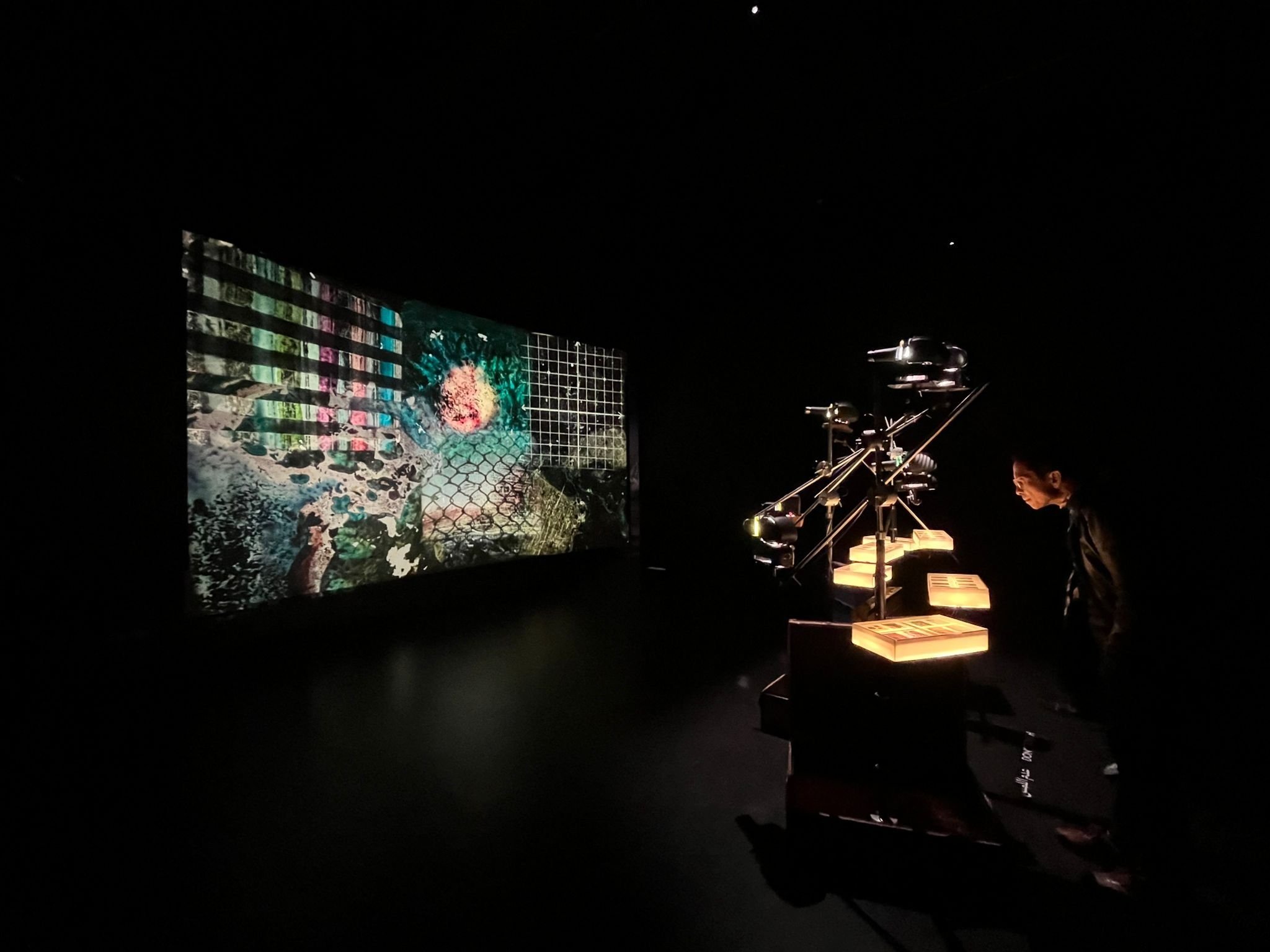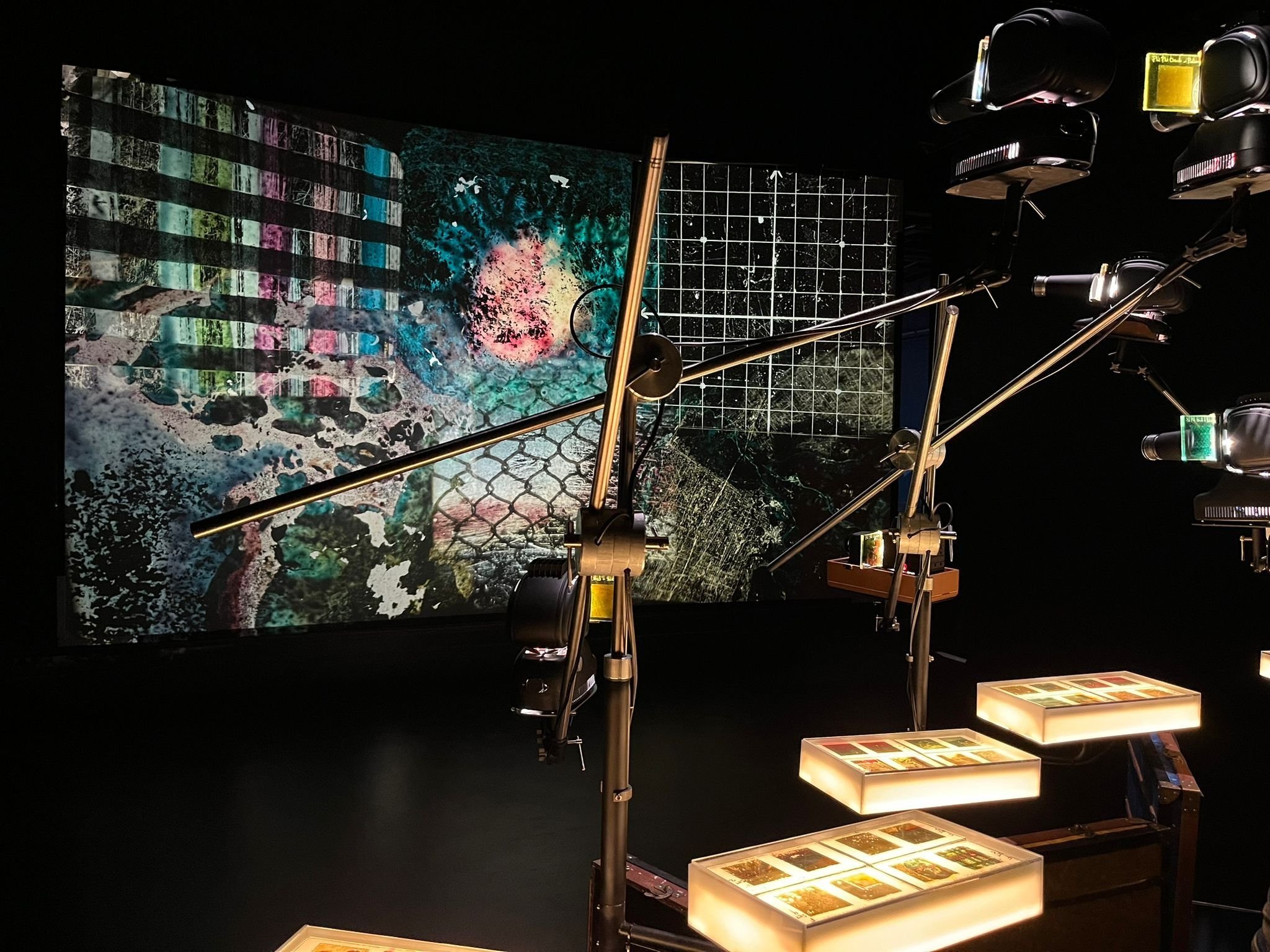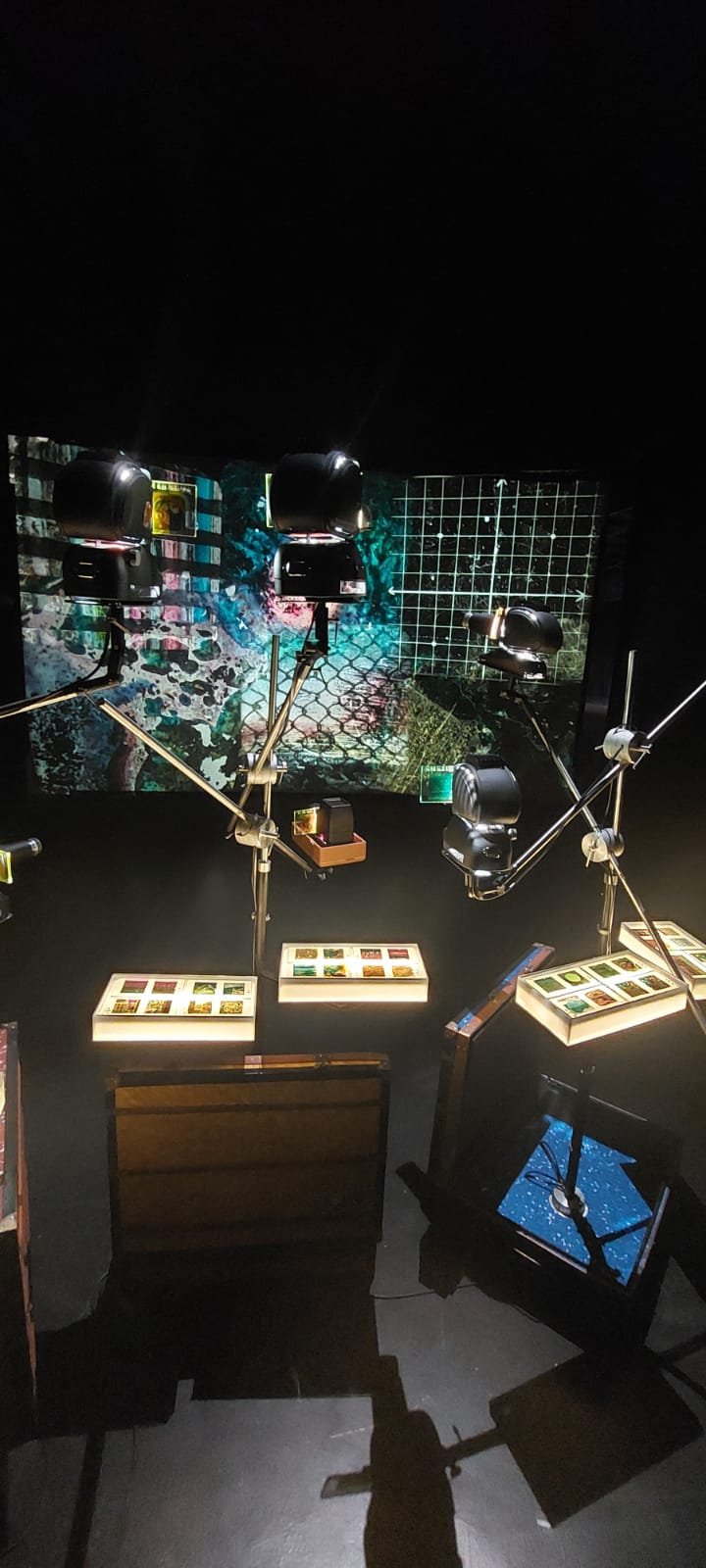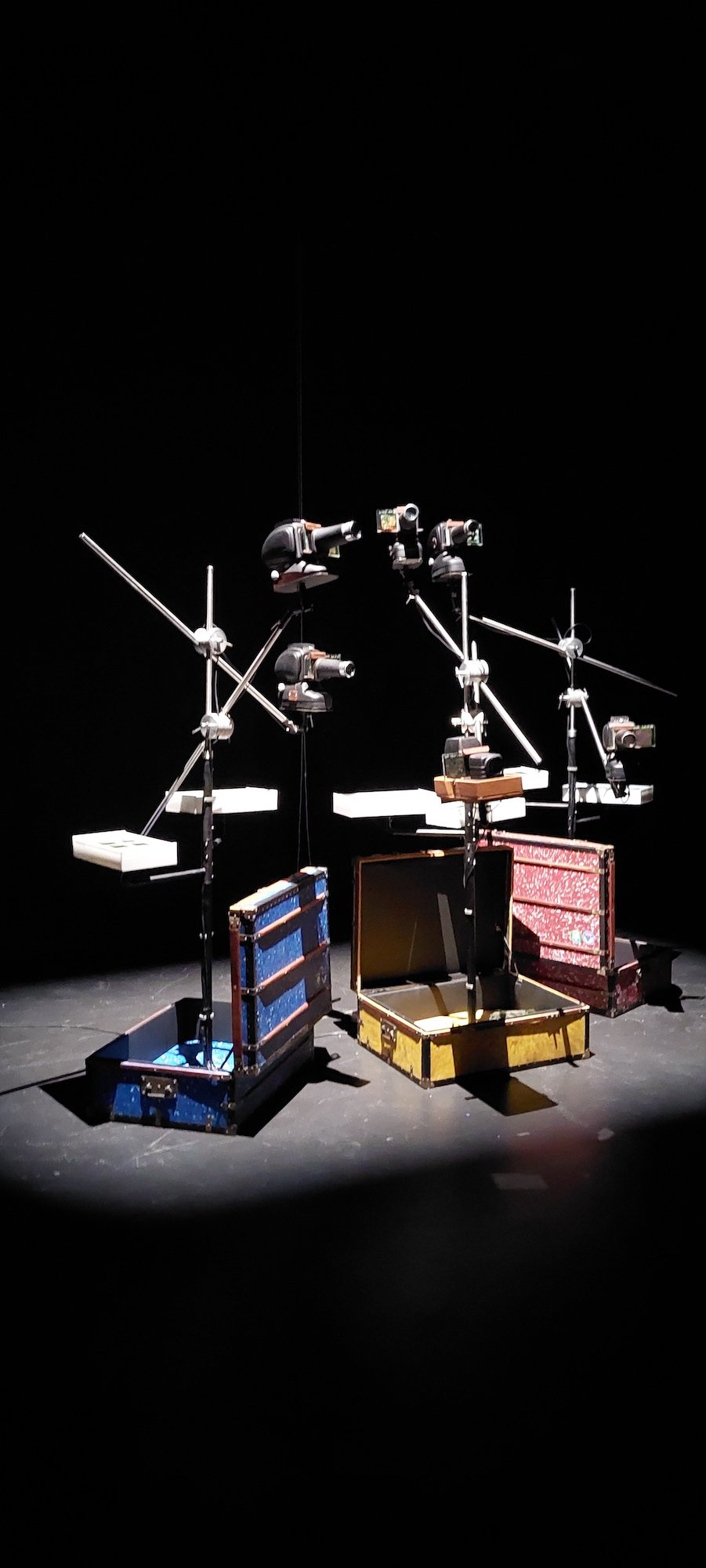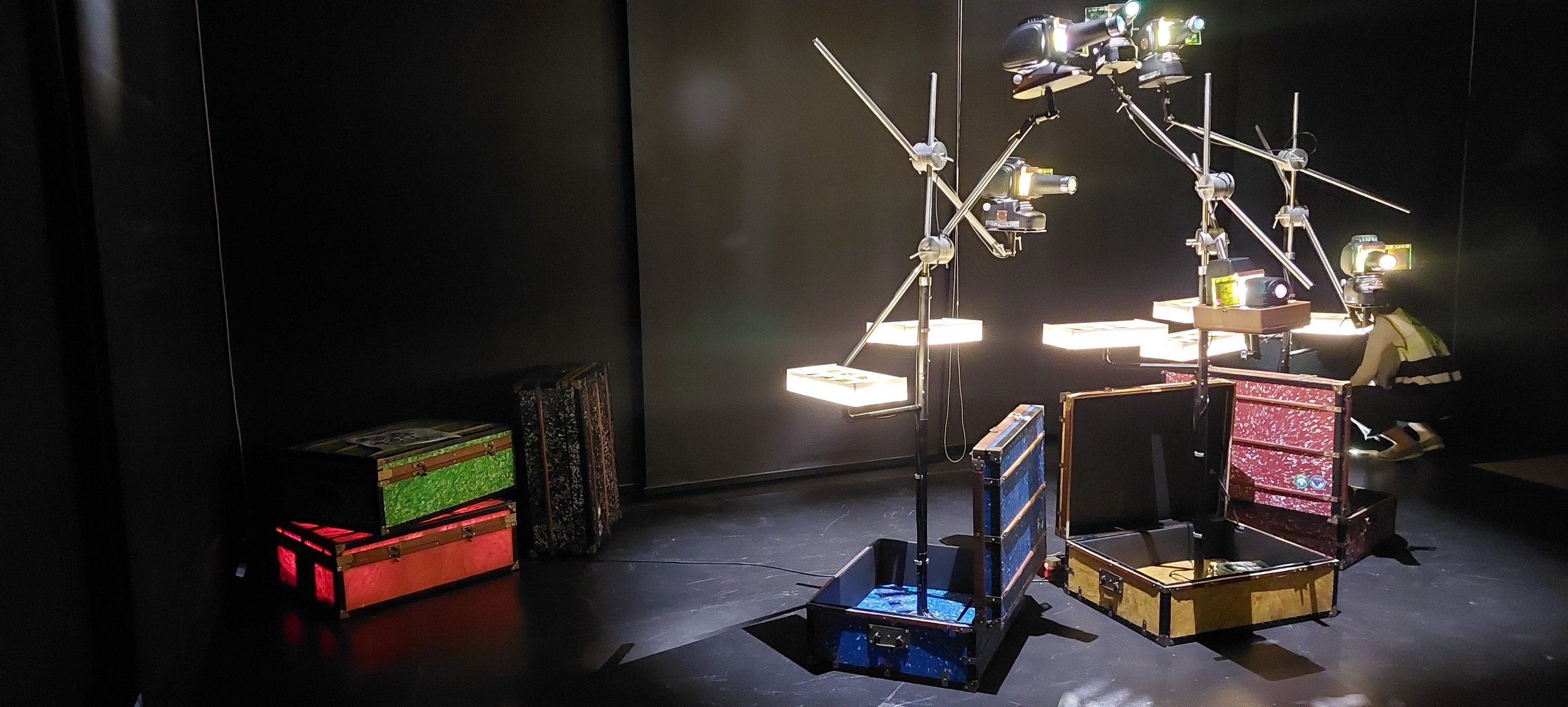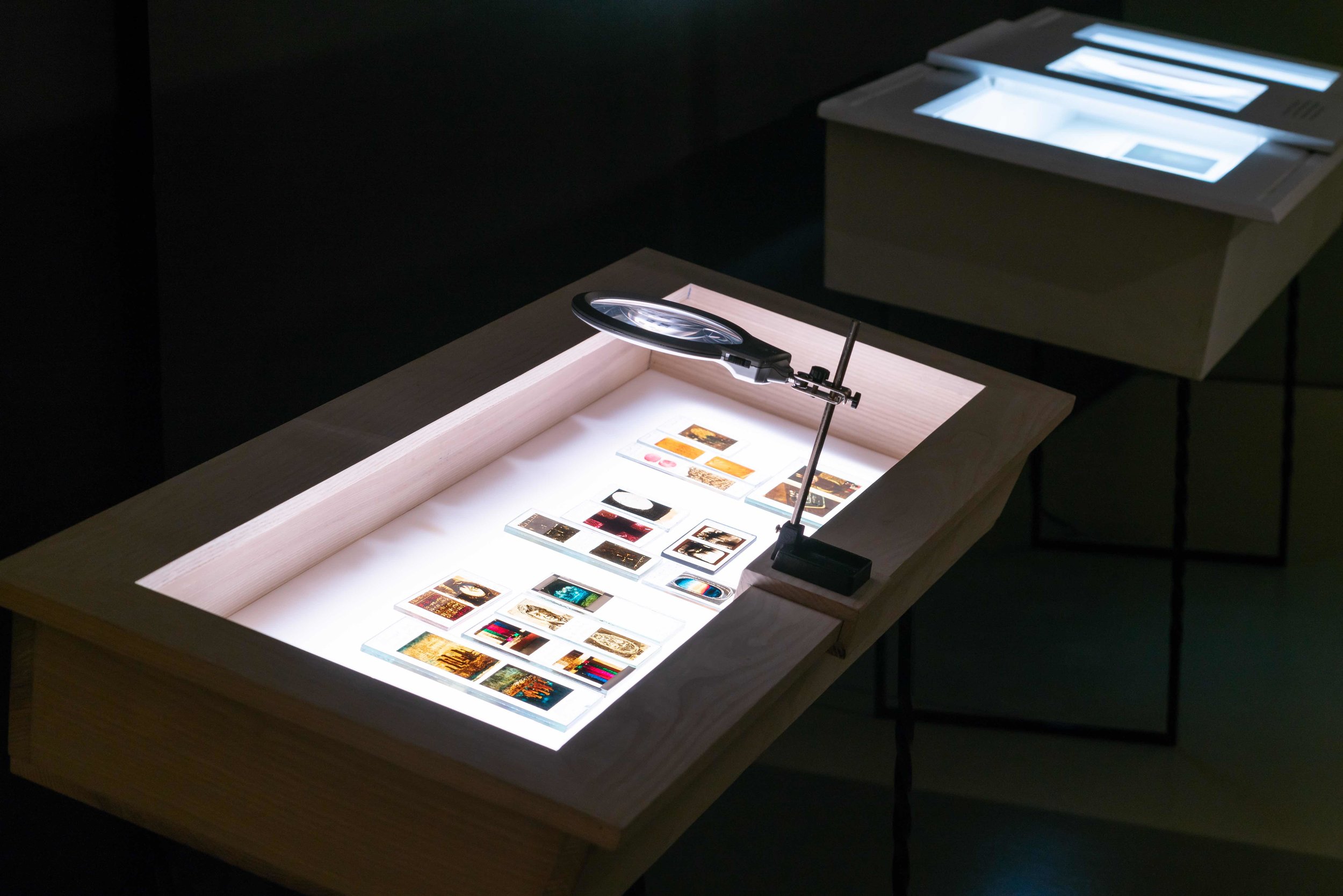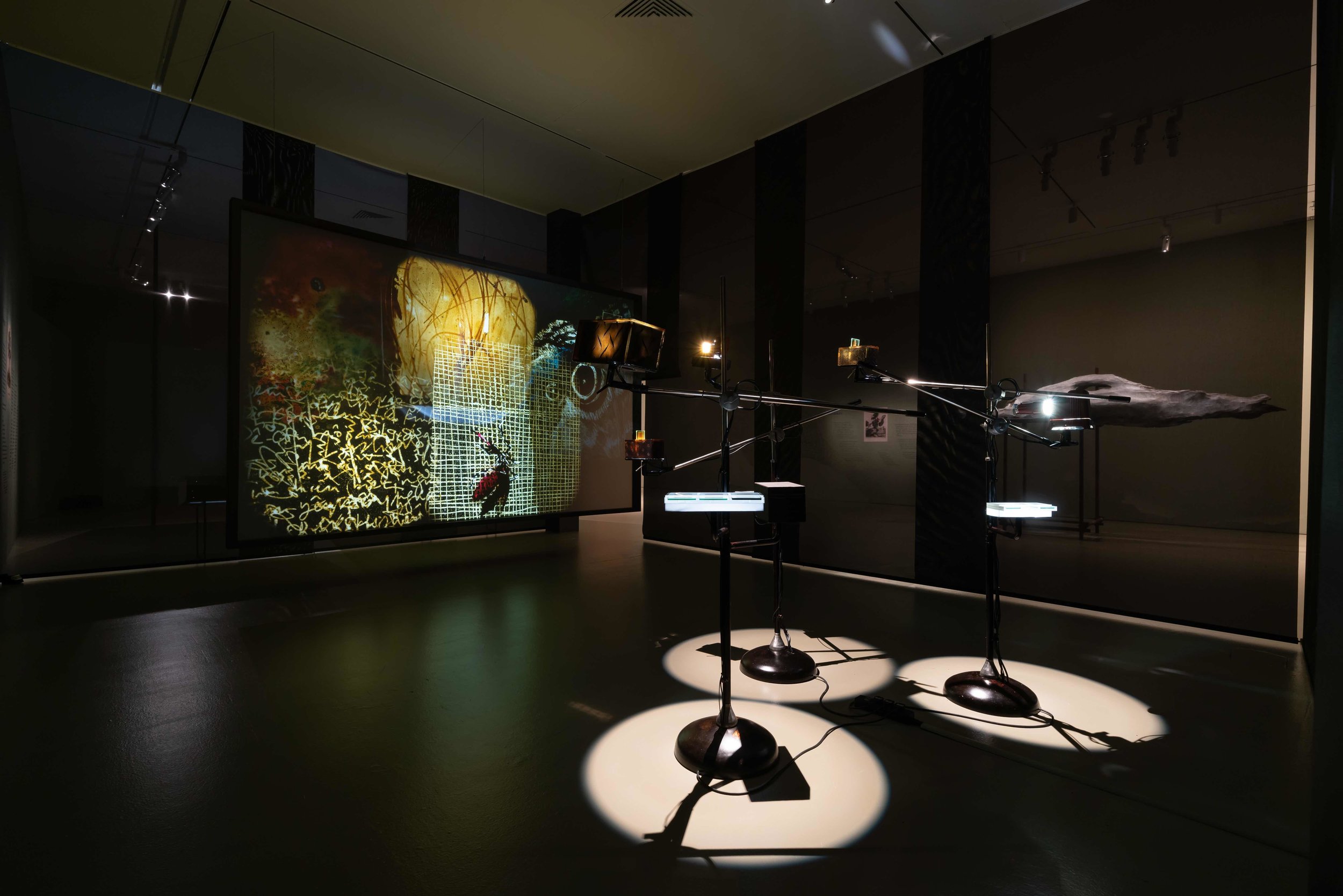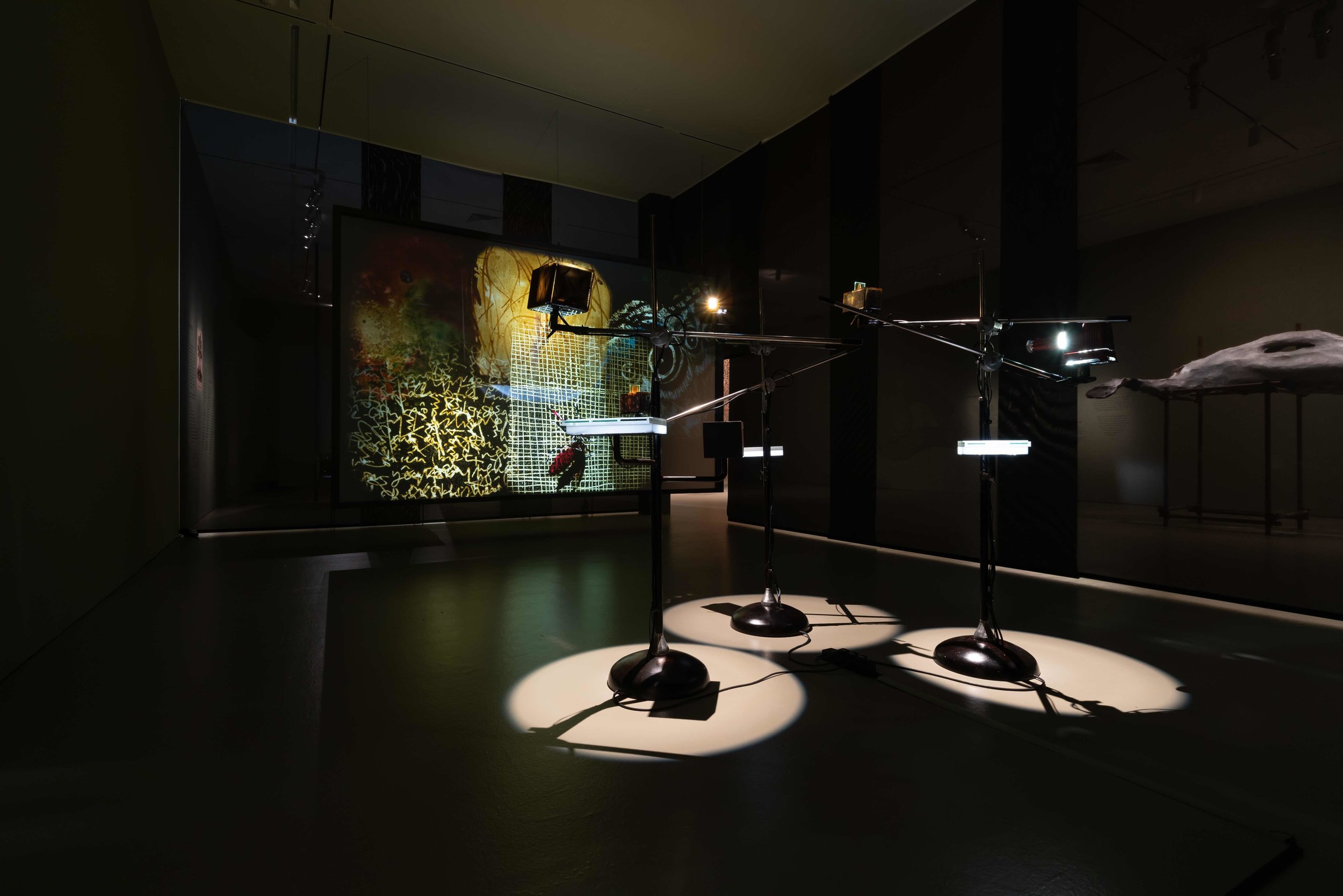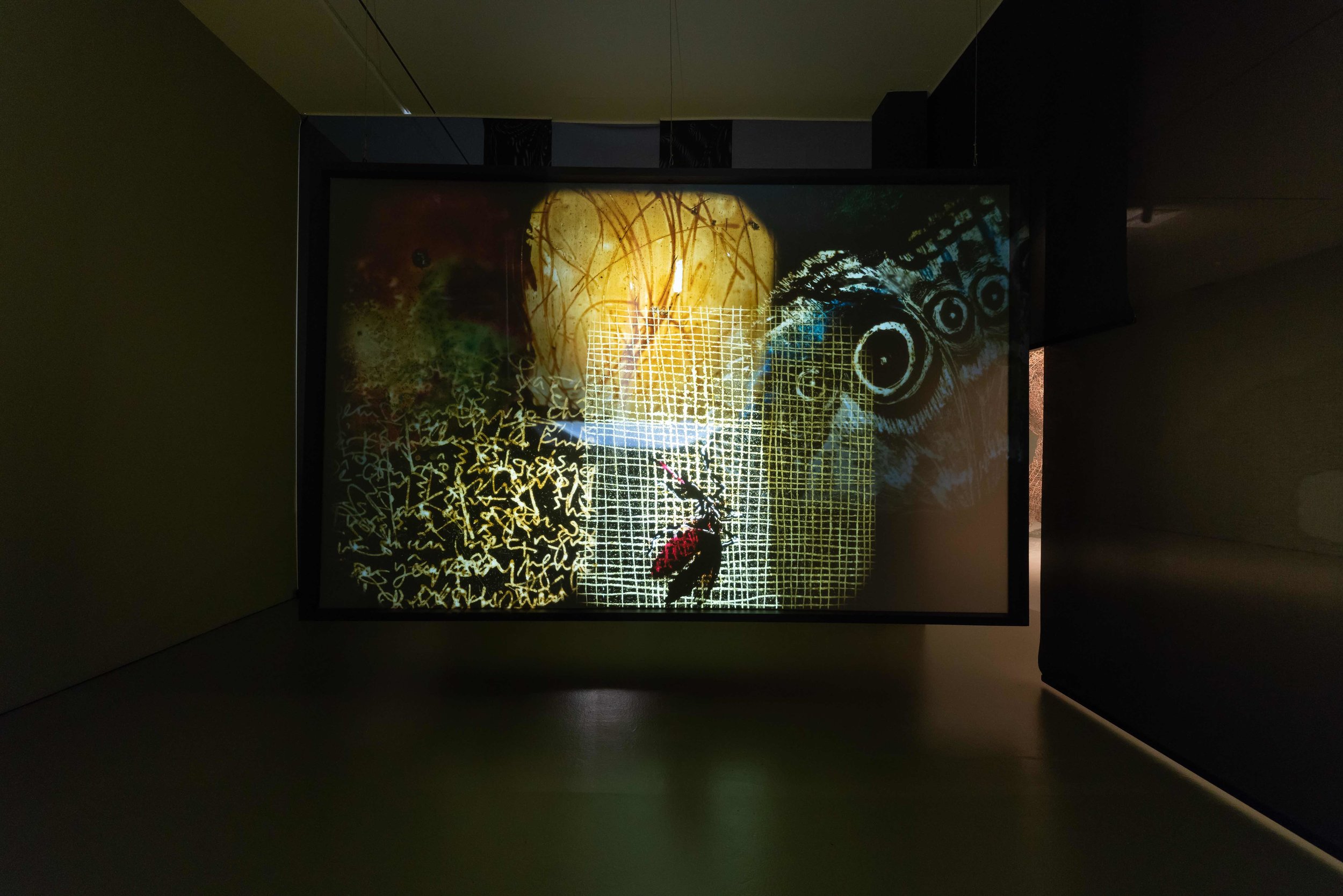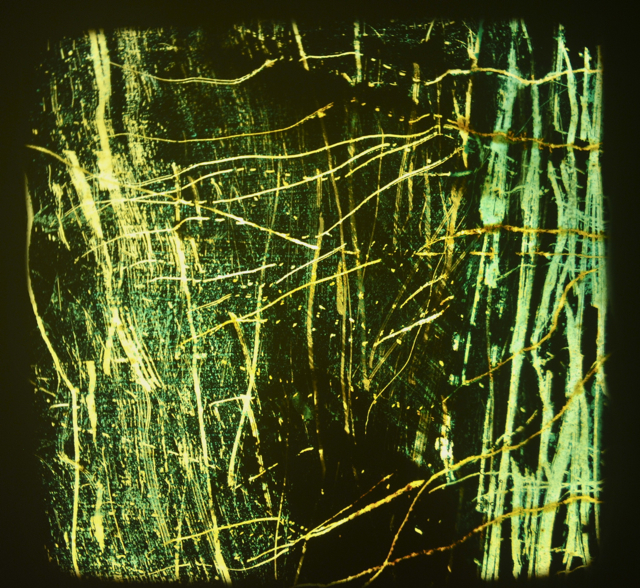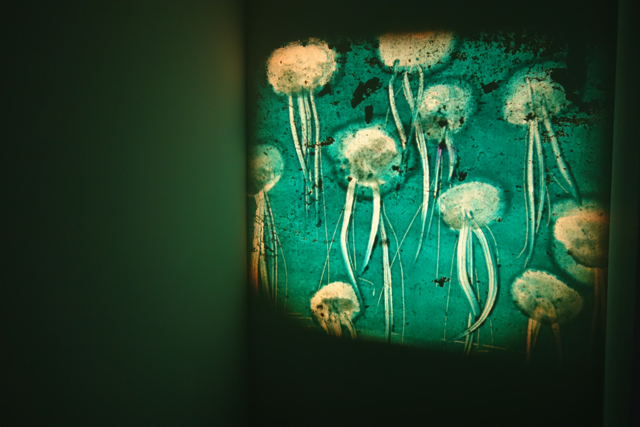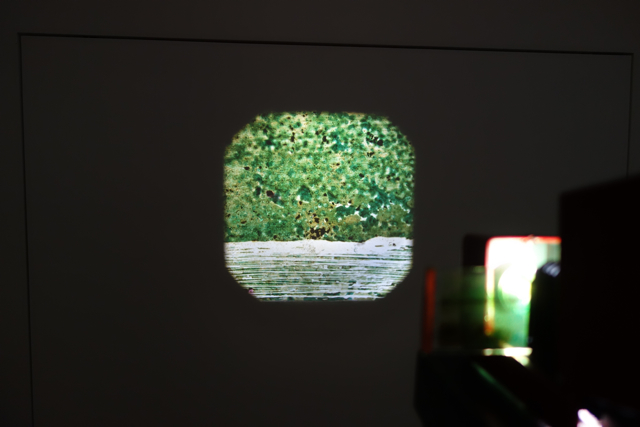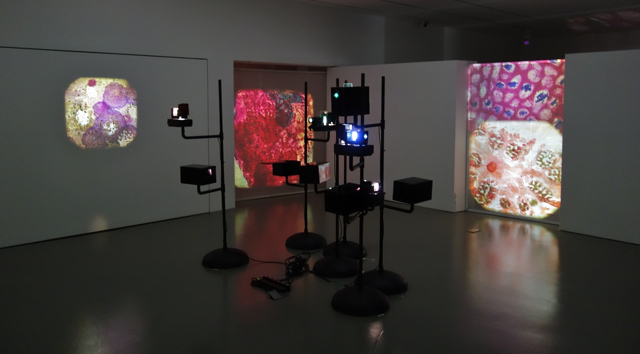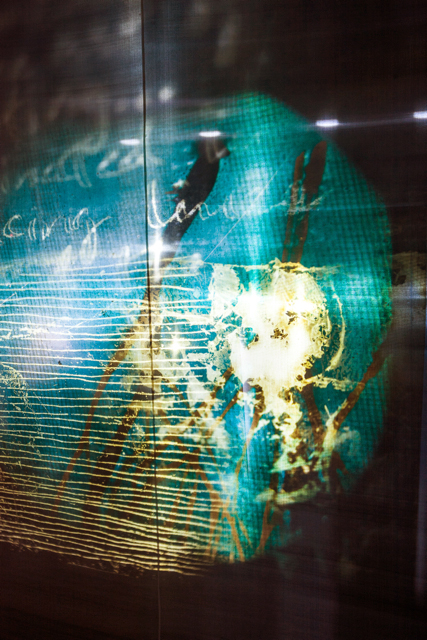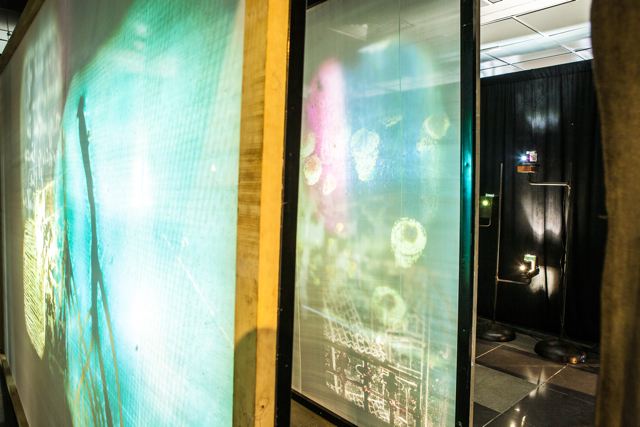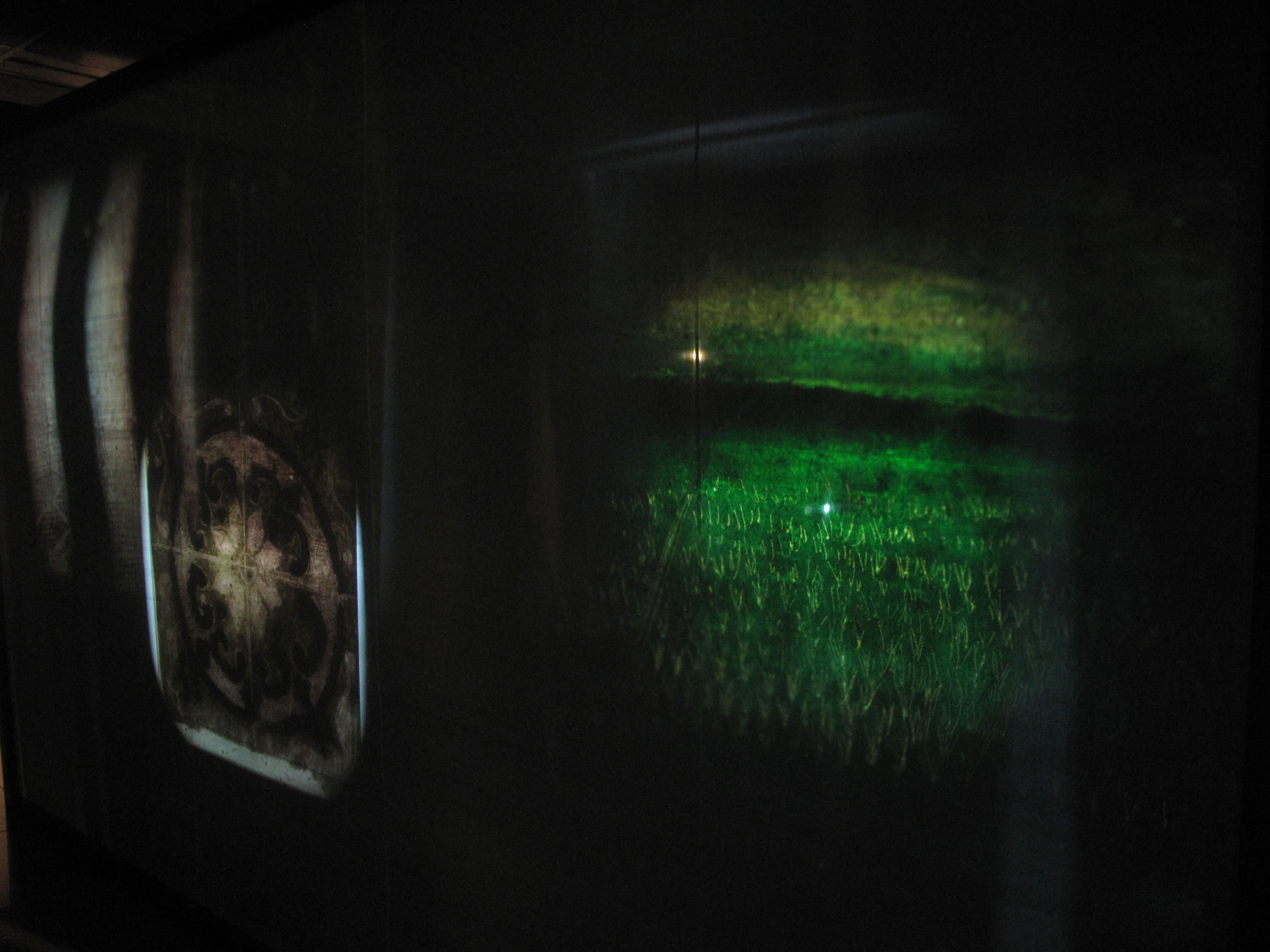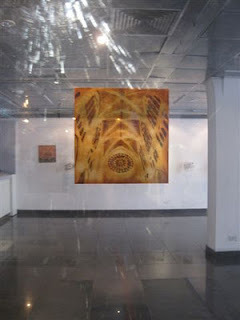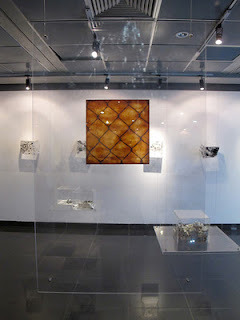About Palimpsest
Palimpsest builds upon my previous exhibition Parchmentier where I presented the lacquer skin (or son mai painting on transparent film), a concept and technique that I developed of the dematerialized lacquer image. This time, I employ the lacquer skin as slides to be used with Laquerscopes that I designed to project the images onto silk screens stretched onto wooden frames.
The resulting projections are the shadows of these small lacquer paintings that reveal details of Sơn Ta that are previously unseen. They are reminiscent of images seen through a telescope or a microscope that present a macro or micro view of a universe invisible to the naked eye if not for the aid of a lens. This project touches on a number of elements—including the manipulation of visible light, a constant shift in scale and perspective, and deference to what is seen through an apparatus or a machine – to reflect on how we interact with reality in the present.
Phi Phi Oanh, Hanoi, April 2013
2nd iteration of “Palimpsest, A light Exists in Spring” 2024
After Rain, Diriyah Contemporary Art Biennale, 20 February- 24 May 2024, Diriyah, Riyadh, Saudi Arabia, installation view
Phi Phi Oanh, Palimpsest: A Light Exists in Spring, multimedia installation, 2023-2024. Photos courtesy of Chris Yeo Siew Hua
Trees of Life – Knowledge in Material, 21 July – 30 September 2018, NTU Centre for Contemporary Art Singapore, installation view. Courtesy NTU CCA Singapore.
Phi Phi Oanh, Palimpsest, 2013–18, multimedia installation. Trees of Life – Knowledge in Material (2018), NTU Centre for Contemporary Art Singapore. Courtesy NTU CCA Singapore.
Installation images of Palimpsest exhibited at the Fost Gallery, in Singapore, 9 May- 29 June, 2014. Images courtesy of the Fost Gallery.
“Specula and Palimpsest both represent a shift in scale and dimension from established lacquer painting of the past, mirroring our current fascination with seeing on a micro or macro scale. Palimpsest was a departure from Specula, an attempt at the total dematerialization of the medium painted on opaque panels into light. I developed the technique of painting on glass, through which light was projected through a laminated lacquer skin. Both space and image are created through the effects of light and shadow. What we see is no longer lacquer painting in the traditional sense, but an examination of its minute qualities, as though observing it through a microscope for the first time. ”
“Lacquerscope" is the name I have given to the lacquer projection machines I created from lenses and parts from old medium and small format film projectors. Each have been redesigned, retrofitted with new LED lightsources and lacquered artisanally. LED arrays are used because because they consume low energy and will not damage the lacquer skins.
The name harkens back to the early age of mechanical reproduction that also coincides the "invention" of Vietnamese lacquer painting in the last century. The Lacquerscopes hijack the tools and principles of light and photography to show lacquer painting and situate Vietnamese Sơn Ta between painting and photography.

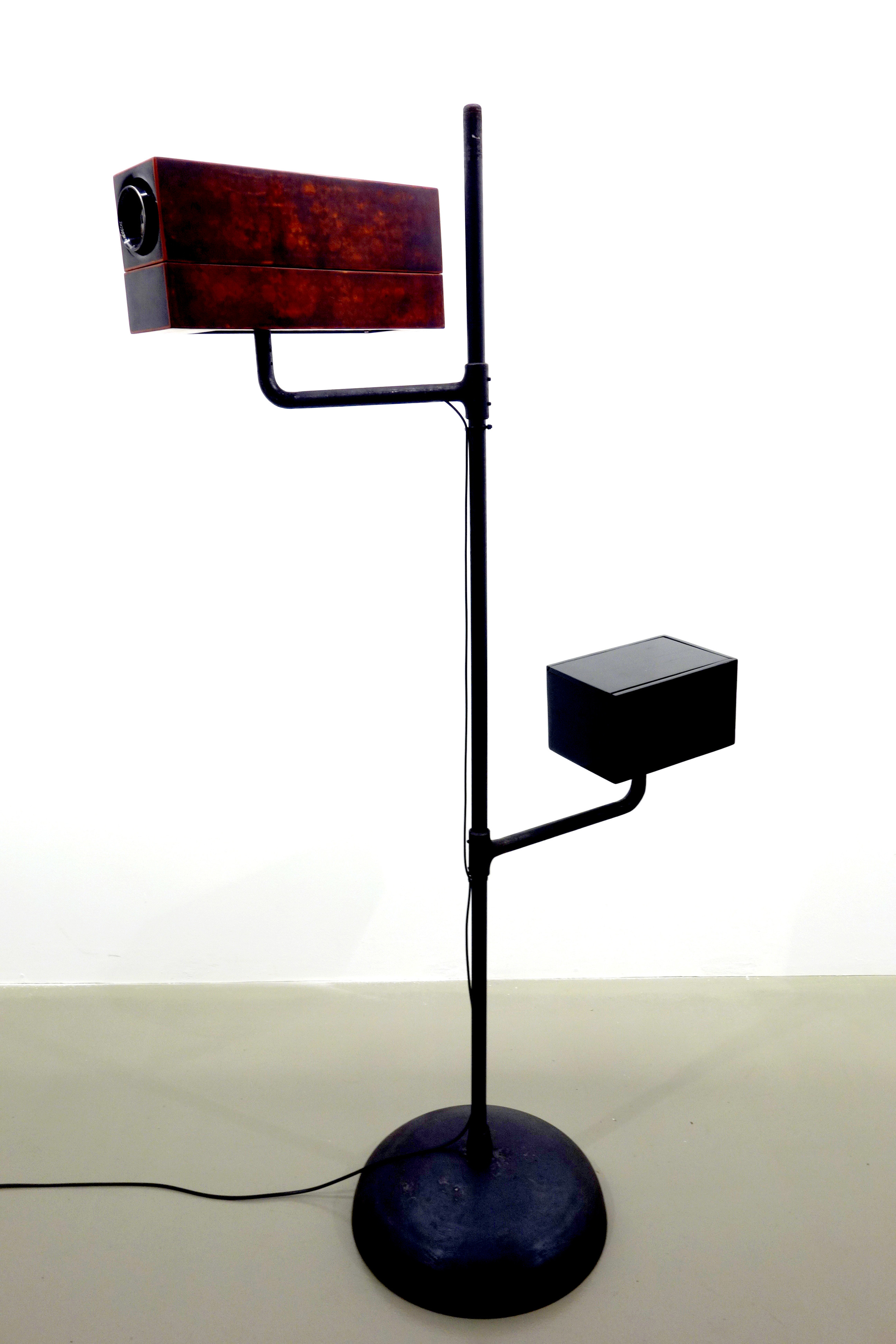
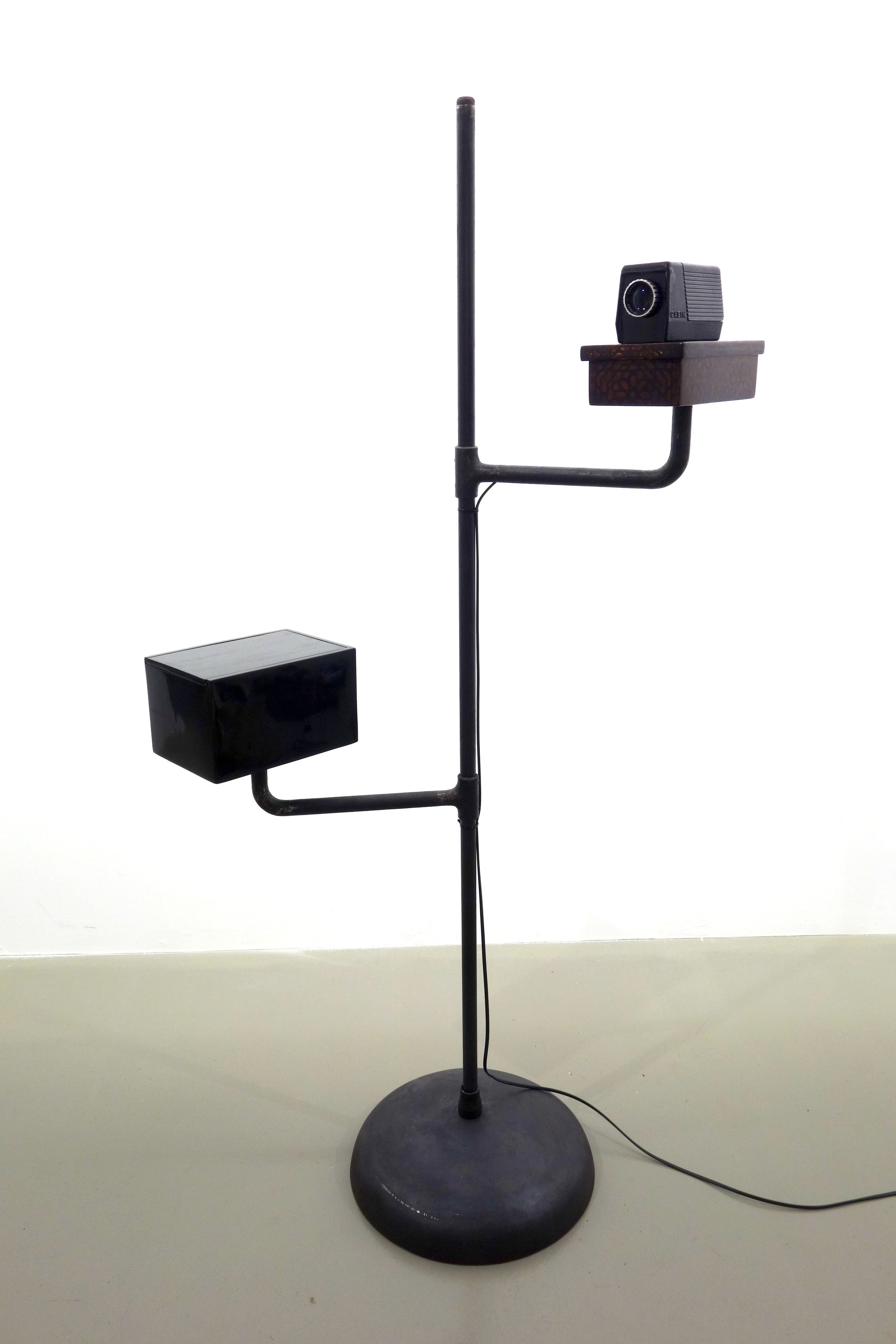
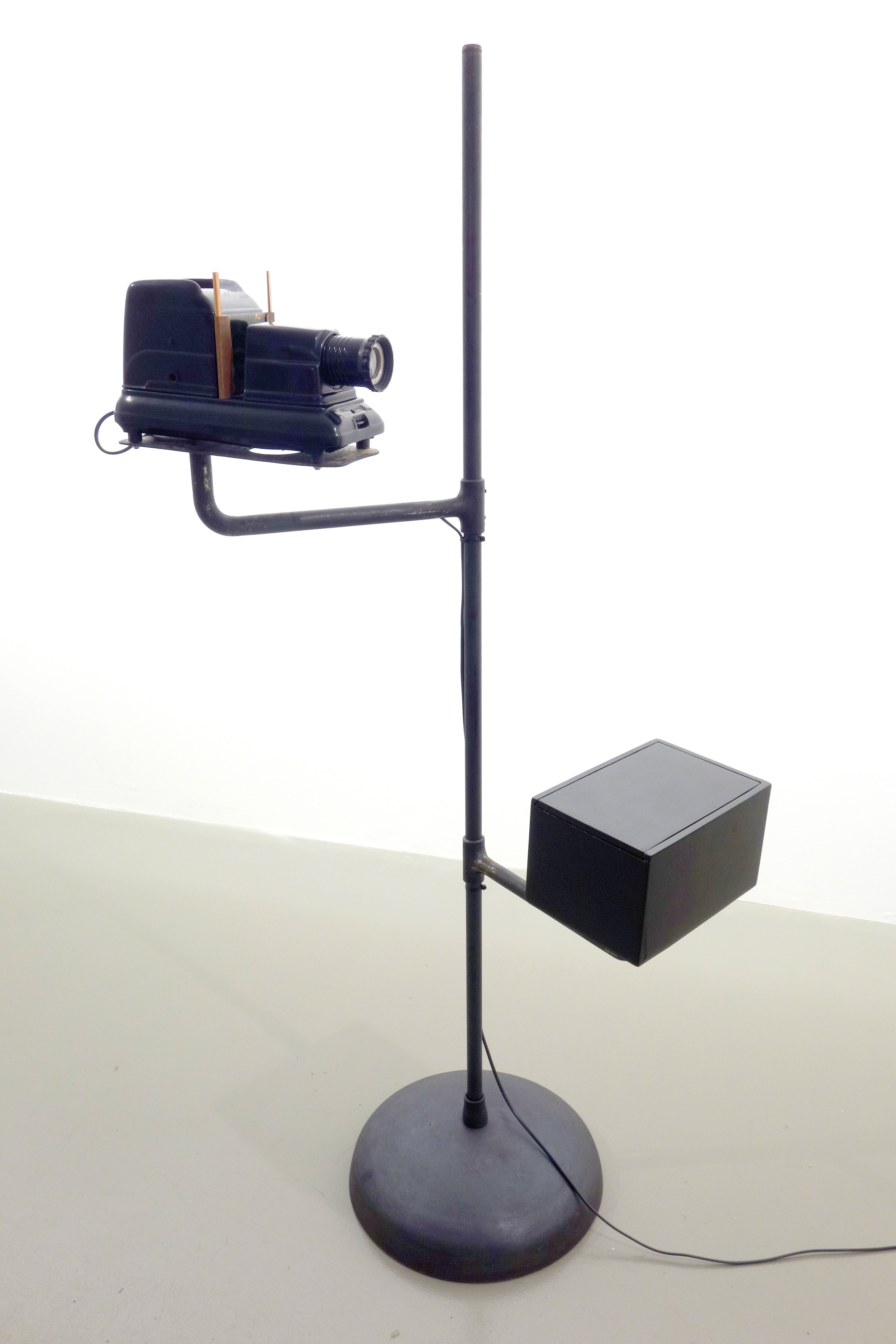
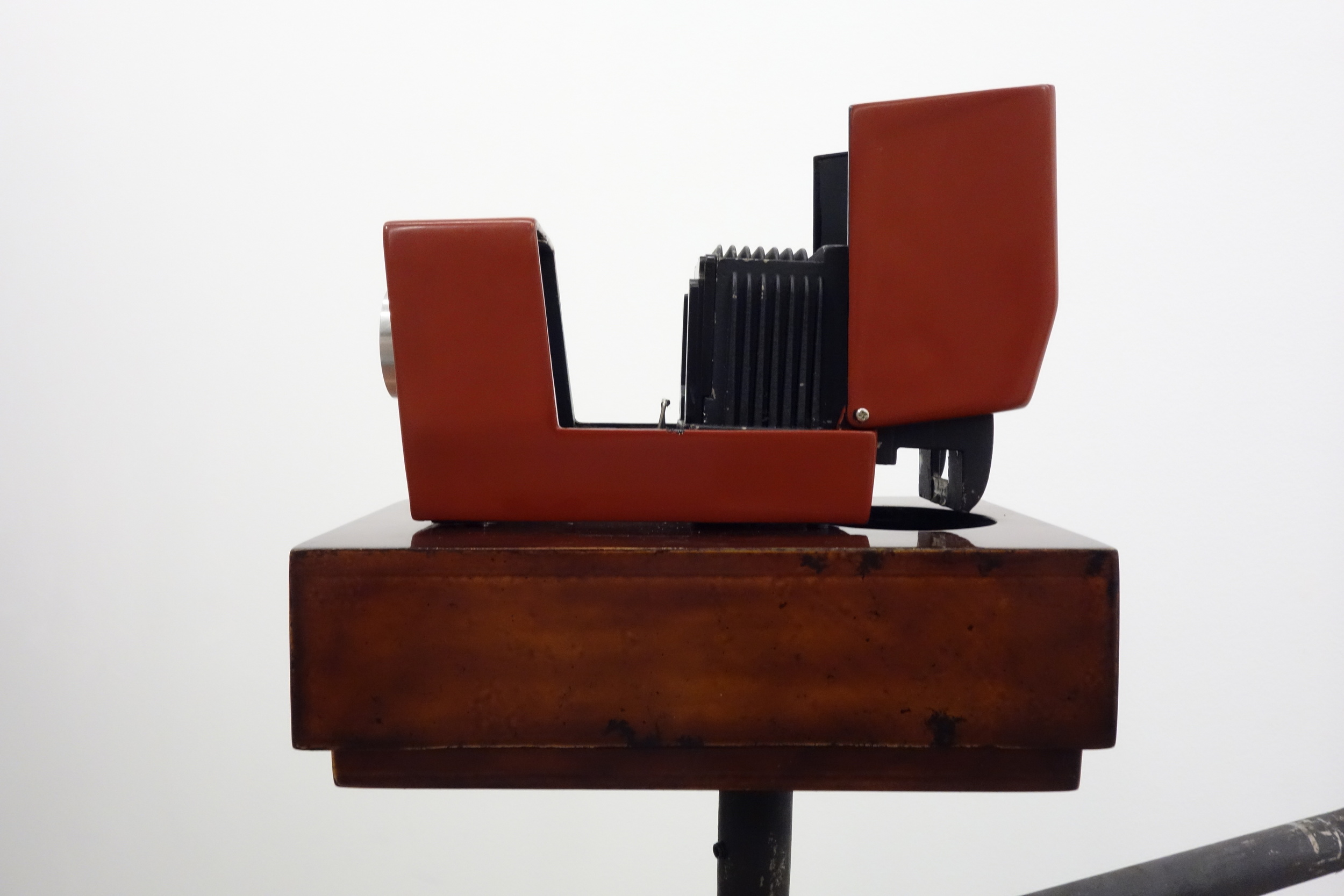
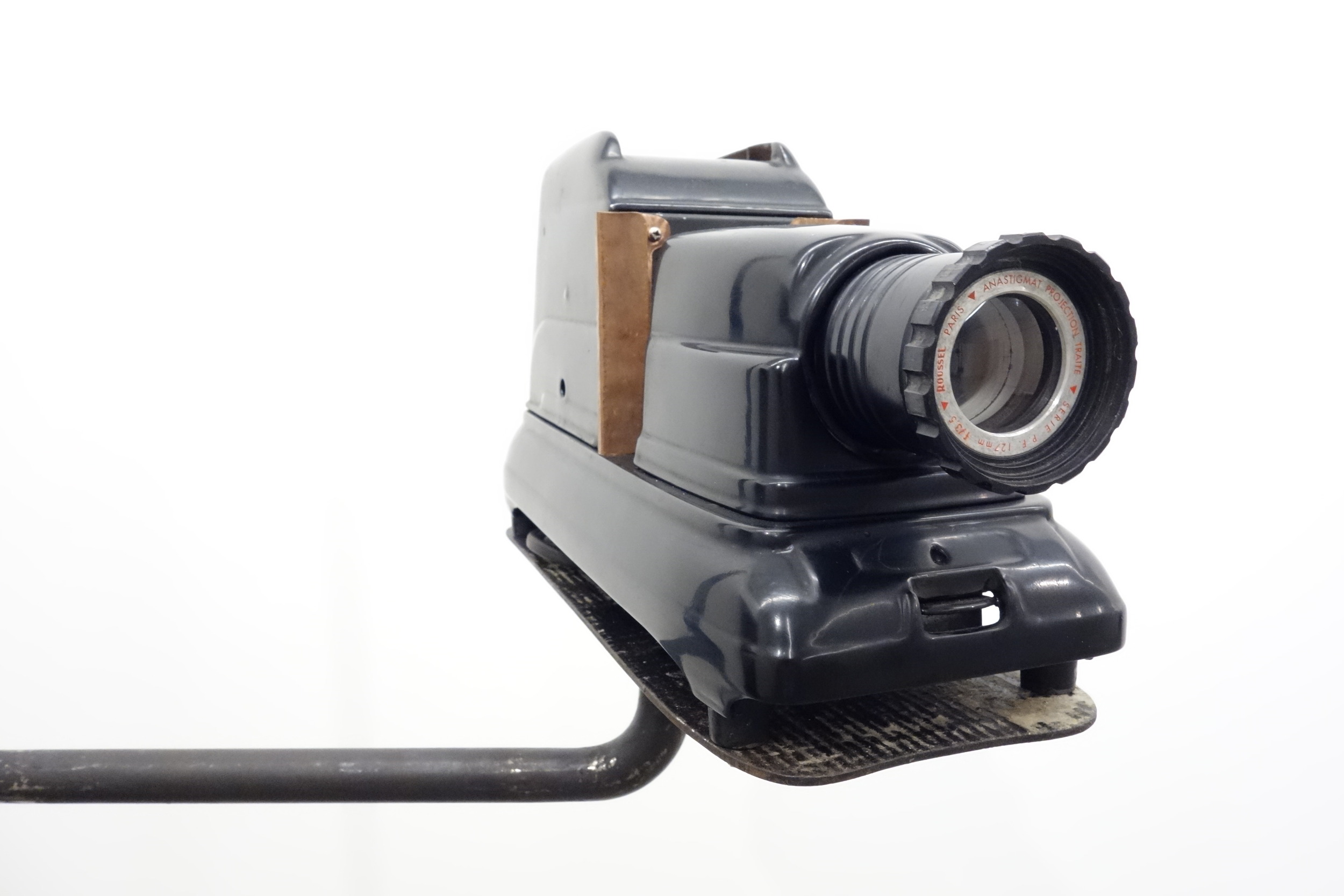
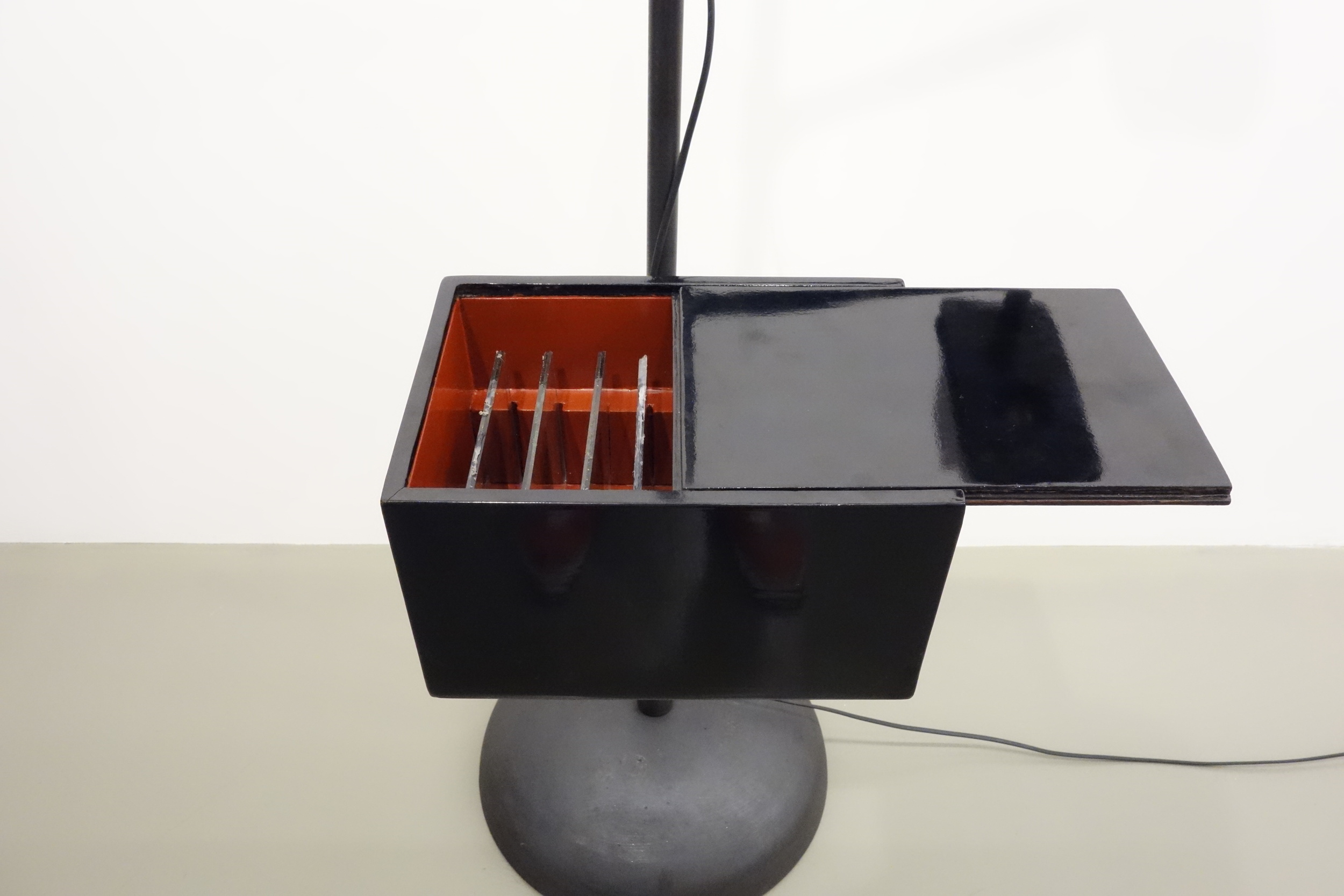
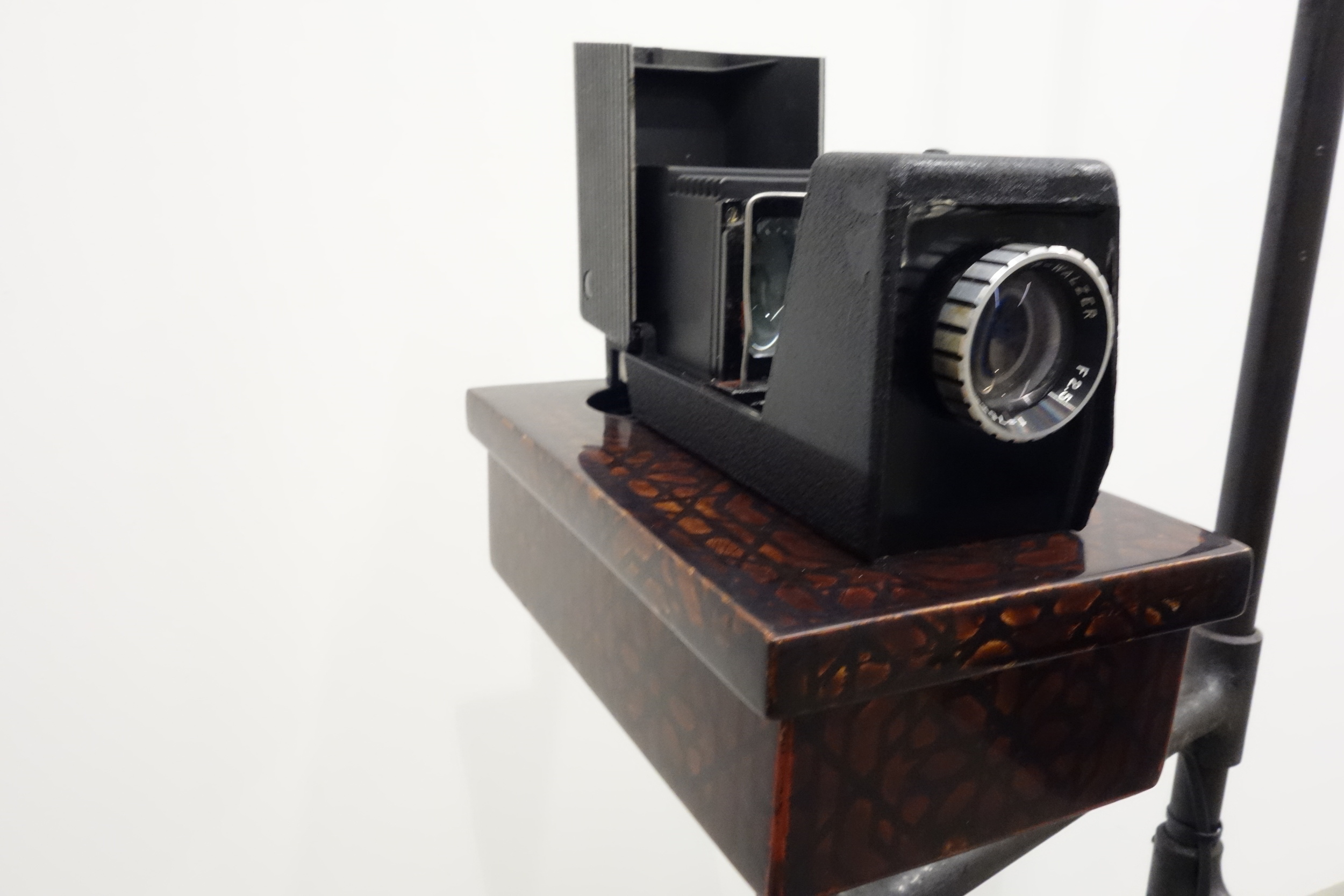


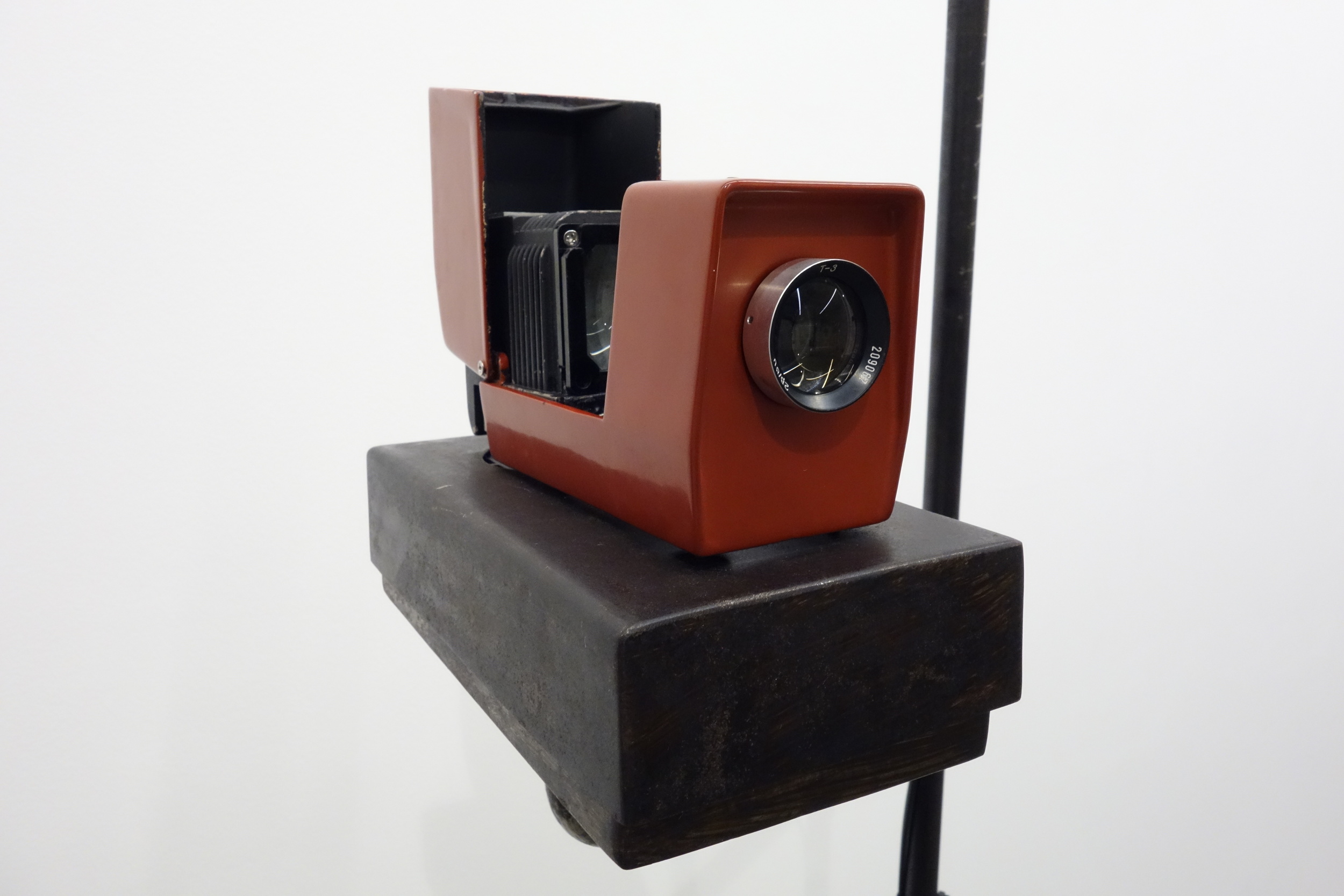
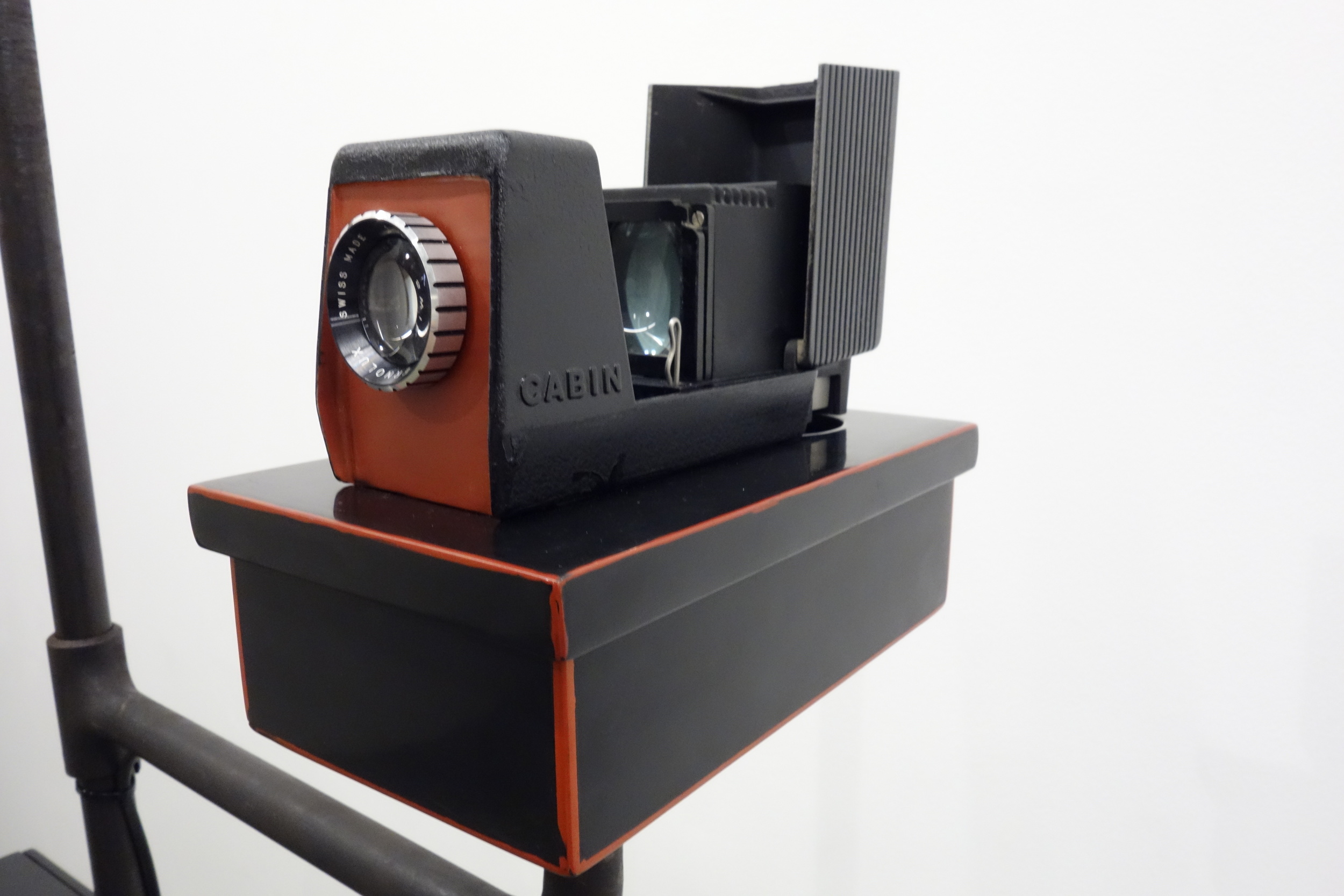
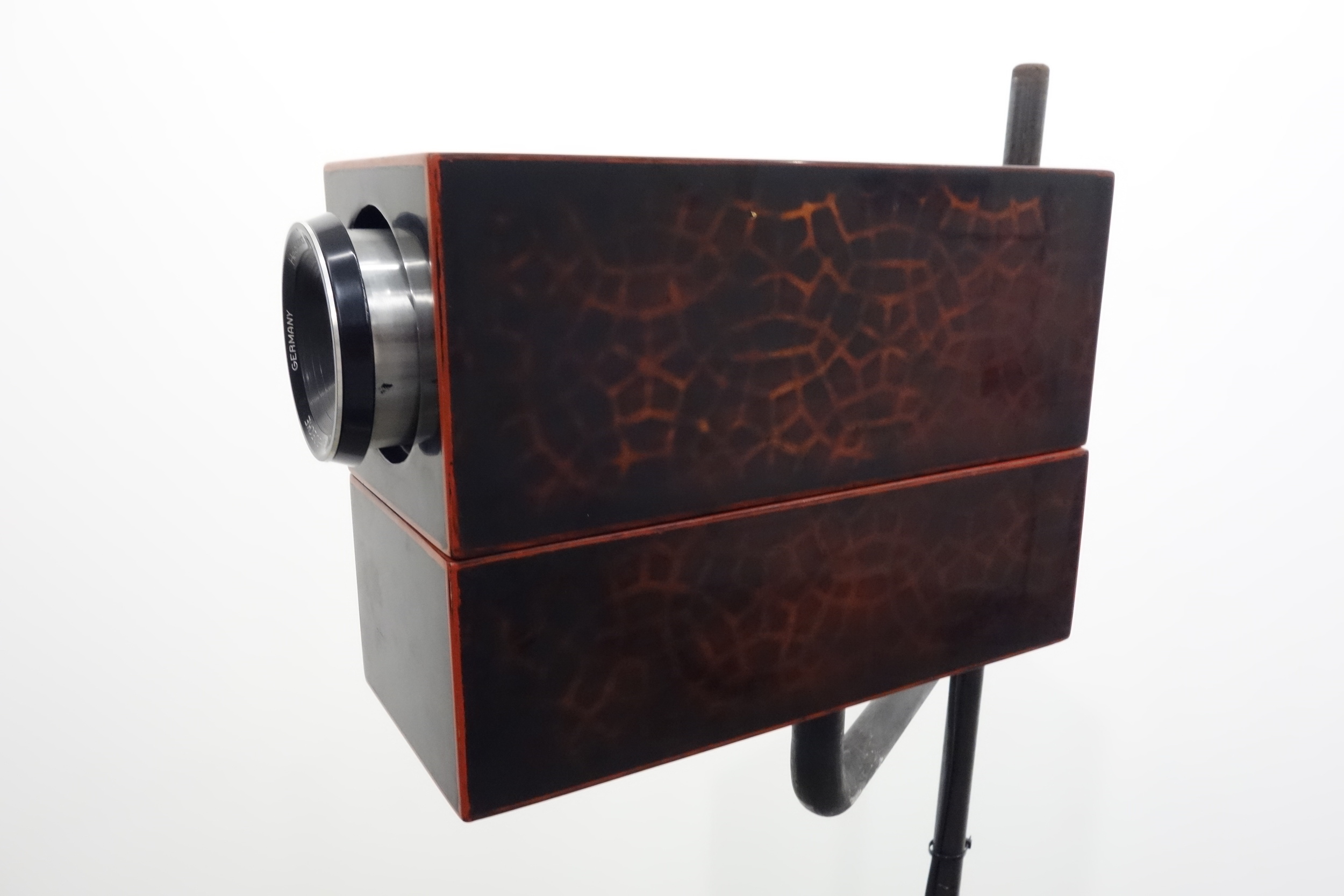
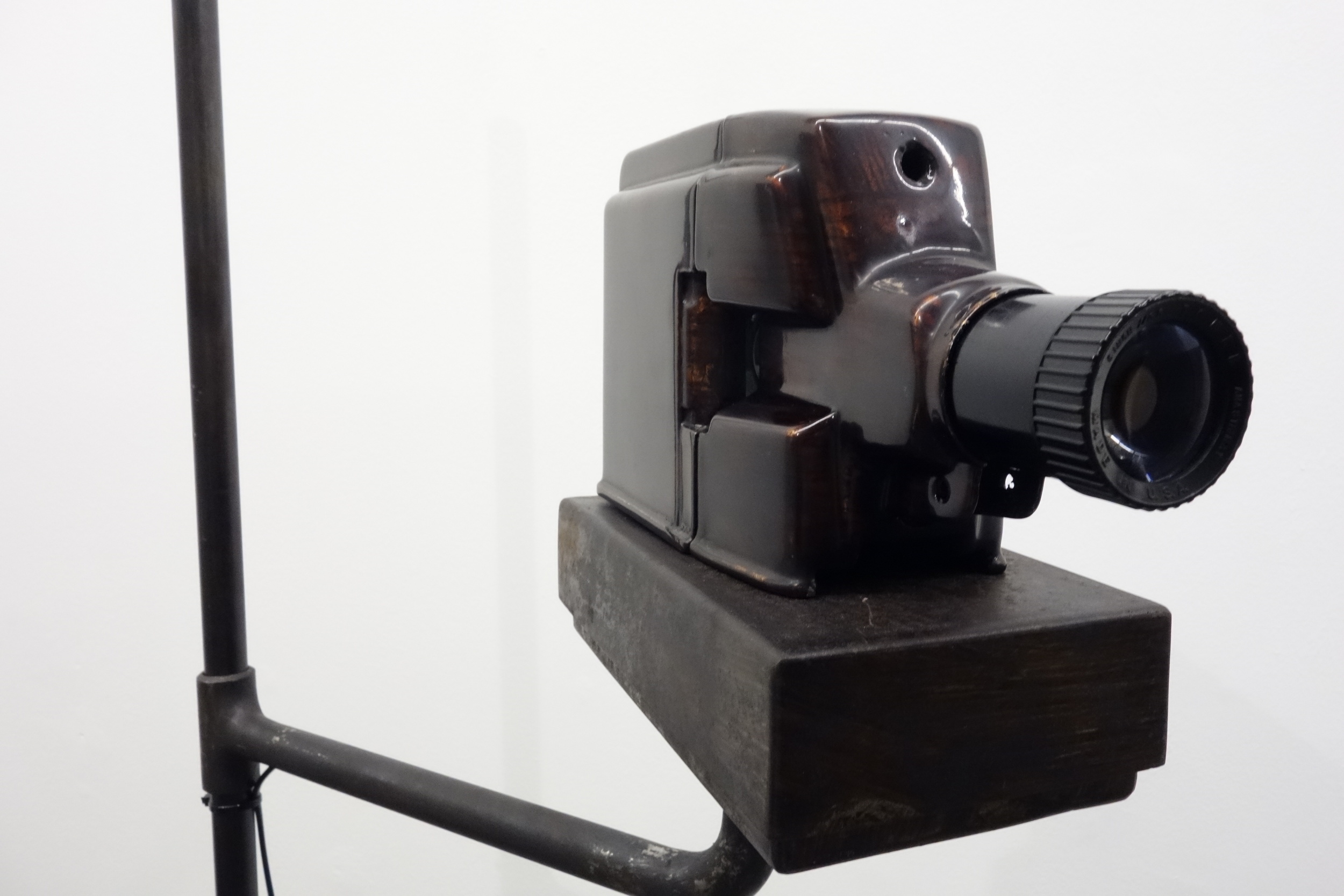
(Above) Images of the Lacquerscopes. Photos courtesy of the Fost Gallery, Singapore.
Older installations of Palimpsest exhibited at the L'Espace Gallery (l’Institut Français de Hanoï), 17 April- 24 May, 2013. Images by Matthew Dakin.
Parchmentier 2010-2011
“Parchmentier is a project I developed in Madrid, with the idea of creating a lacquer skin, a total dematerialization of the surface of lacquer as a way to extend to the possibilities of production, expression, and appreciation of son ta (natural Vietnamese lacquer) beyond geographical and cultural boundaries.”
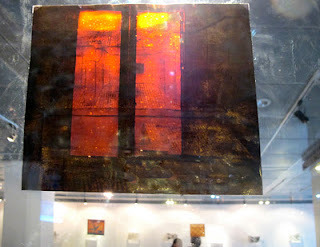
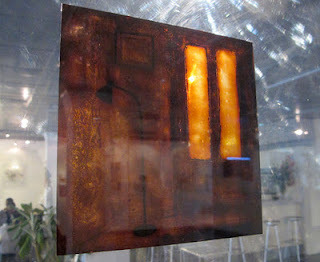

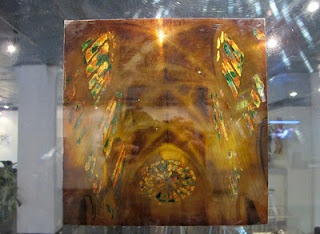
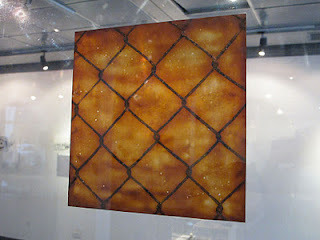
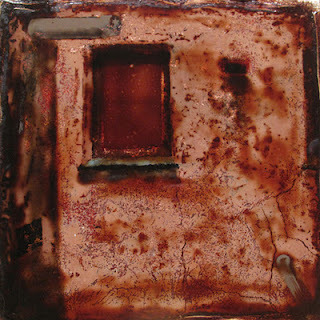
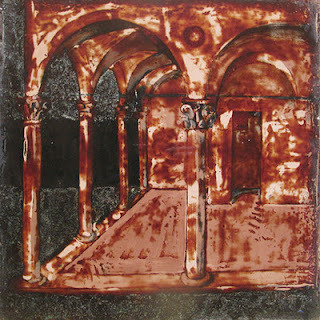


For Parchmentier, exhibition at L'Espace, Hanoi
This project centers on the idea of creating a lacquer skin, a total dematerialization of the surface of lacquer as a way to extend to the possibilities of production, expression, and appreciation of son ta (natural Vietnamese lacquer) beyond geographical and cultural boundaries.
In this small sample and work in progress, I propose the metaphor of a screen or window as a framing mechanism through which we can perceive spatial and semiotic landscapes. The drawings include intimate places, highly semanticized locations, suggestions of imaginary landscapes that only exist given a frame or demarcation, and words that define the self in these locations.
Through each work, I move towards understanding the fundamental grammar of lacquer as a creative medium by breaking down its basic elements and patterns such as light, translucency, color, process, and time, setting aside its symbolic meaning and conventional uses.
Phi Phi Oanh, Hanoi, December 2011
